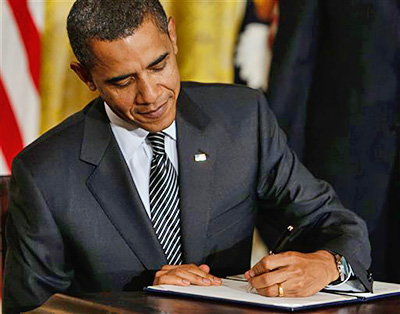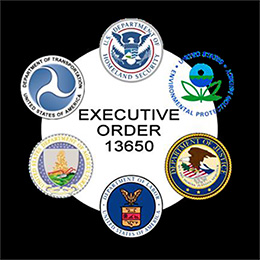 An executive order signed by President Barack Obama in 2013 noted stakeholders like community groups, activists, media, residents, and industry feel the most-effective emergency planning occurs at the local level.
An executive order signed by President Barack Obama in 2013 noted stakeholders like community groups, activists, media, residents, and industry feel the most-effective emergency planning occurs at the local level.
However, many communities lack the capabilities to conduct emergency planning, which also requires training and resources they don’t possess.
Soteria Solutions provides the services counties need to shape and align their plans with federal and state requirements for emergency response.
We enhance citizen’s safety and reduce risk through continuous improvement of emergency planning, preparedness, mitigation and public awareness in partnership with county residents, businesses, emergency responders and industry.
Together with our partners we exchange information and conduct pre-incident planning in order to work effectively together in the event of a disaster or hazardous emergency.
Local Emergency Planning Committees
We also help local governments create and manage Local Emergency Planning Committees (LEPC) to integrate emergency preparedness planning and response within their counties.
Specifically, we:
- Help counties develop emergency management plans.
- Strengthen existing LEPCs.
- Conduct training on facilitating LEPC meetings.
- Perform local hazard analysis.
- Conduct growth impact analysis.
- Assess community growth fire-service planning needs.
- Develop hazmat response capability with local resources and mutual aid and contractors.
- Train emergency responders.
- Conduct pre-incident scenario training.
- Create forums for discussions and actions about hazardous materials planning
- Facilitate communication with the public and key stakeholders to address issues
- Serve as designated entity for public information
- Provide crisis communications services including media management, spokesperson training, and on-site emergency communications specialists.
- Work closely with fire departments to reduce ISO (Insurance Service Office, a company that provides statistical information on risk)ratings to save residents and businesses money on residential and commercial insurance rates
Fire/Rescue/EMS Departments
Soteria’s expert fire-service officials help counties upgrade and restructure fire/rescue/EMS departments to meet compliance guidelines.
Areas of expertise include:
Communications
- 911 dispatch
- radio infrastructure
- fire service overview for dispatchers
- 911 center operations
- 911 center systems evaluation
- radio infrastructure evaluations
- crisis communications for dealing with media and stakeholders
- training plans
Fire Service Development
- Fire department service compliance assistance
- Fire service needs assessment
- Facility planning
Fire Service Response Analysis
- Develop ISO (Insurance Services Office) program to lower public protection classification (PPC)
- ISO planning and preparation for site inspection/evaluation
- Assist communities in establishing emergency services district (ESD) tax structures.
- New fire station site and design review/consulting
- Needs analysis and competitive research on apparatus and equipment.
- Recruiting and staffing of fire fighters.
- Develop plans for enhancements and improvements for existing fire stations.
- Needs analysis and assistance in purchasing Hazmat PPE (personal protective equipment).
- Develop wage structures.
- Development of and management in fire department standard operational guidelines.
- Guidance in increasing hazmat response capabilities.
- Management of radio systems and signal improvements.
- Guidance in environmental response planning.
- Personnel development and management training.
- Train administrative staff in recruiting and hiring procedures.
- Firefighter development and progression planning.
- Assist in drafting operational budgets.
- Assist in management of operational budgets.
- Guidance in implementing and managing fire department operational plans.
- Development of efficient work schedules.
- Help counties obtain insurance for volunteer firefighters.
- Assist in management of Texas Commission on Fire Protection (TCFP).
- Assist in management of Fire Department Identification Number (FDID) for purpose of recognition and incident reporting.
- Assist in improvements and management of fire protection plan.
- Needs analysis and implementation of records management.
- Water supply analysis for emergency response.
- Assist in hazard risk-mapping and risk-ranking.
- Guidance in initiating and establishing mutual aid agreements.


